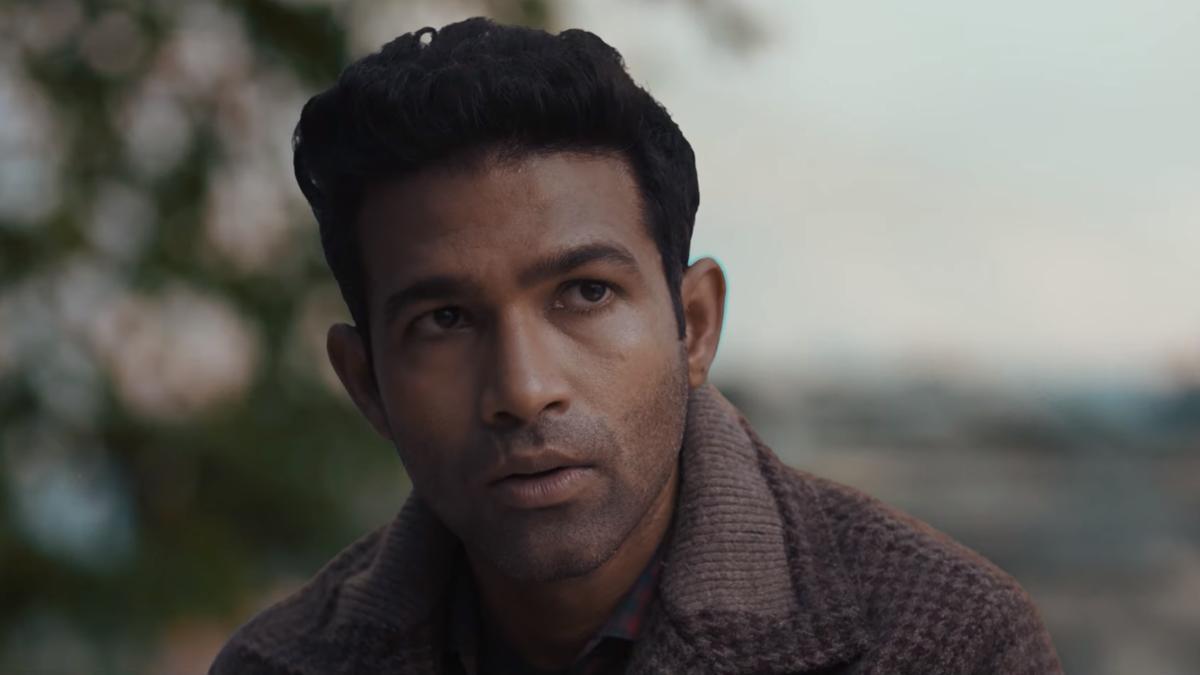
Our society has yet to come to terms with the sad reality that sexual exploitation is not gender-specific. This blind spot in mainstream cinema, where the sexual manipulation of boys is either ignored or used as a comedic device, makes the storyline of “Pushtaini” a departure with a purpose. The film, which carries a powerful message and heart, opens on an evocative note: a film set where struggling actor Aryan Shaw, played by Vinod Rawat, grapples with his lines and sinks into a couch, mirroring his faltering career and personal turmoil.
Aryan, whose real name is Bhupinder or Bhuppi, a simple mountain boy, struggles to mask the painful reality of his backstory from the camera. We soon learn that Aryan’s current scene is part of a narrative wherein the character has grimly endured the ‘casting couch,’ a euphemism for trading sexual favors for career opportunities. The producer’s slimy wrists hold a video capable of ending Bhuppi’s hard-earned career. Yet, ironically, the escalating frustration and blackmail coax out a raw, intense performance in Aryan, something Rajkumar Rao—playing a hero in the film within the film—advises him to embrace. Aryan and Bhuppi, initially seen as two dissonant personas, begin to reconcile as one.
In an attempt to escape his predicaments, Bhuppi retraces his steps back to his ancestral land in Uttarakhand. Here, the picturesque vistas play a crucial role, bringing dormant memories and traumas to the surface. As the audience begins to grasp the film’s titular reference, we see Bhuppi grappling with deep-seated issues, particularly ones that trace back to his father. These issues are more profound than what one might have encountered in films like “Animal.” A resentful sister, an accusing aunt, and a haunting childhood trauma inflicted by his father’s employer, Yashpal (portrayed by Mithilesh Pandey), form a nexus of complicated emotions and past wounds.
Bhuppi’s retreat to his homeland and the ill-fate where an unhealed scar of the past lies forms the crux of the narrative. Although Bhuppi avoids substances that strip down his protective layers, Dimple, a life coach played by Rita Heer, turns to weed and vodka to navigate through her similar life predicaments. Their journey interweaves when Bhuppi meets Dimple on a life-altering pursuit to find personal truths. Hemant (played by Hemant Pandey), a childhood friend and quirky taxi driver, introduces a much-needed comedic relief.
. He represents the small-town man whose judgements offer a glimpse into societal norms and prejudices.
Vinod Rawat’s commendable effort extends beyond his portrayal as Bhuppi/Aryan. He has also co-written, produced, and directed “Pushtaini.” Through the film’s layered, multifaceted narrative, Bhuppi’s quest for understanding and acceptance touches upon sensitive social issues, namely unemployment, mass migration, and economic hardships that leave the hill people vulnerable to myriad manipulative scenarios. Rawat expertly intertwines these themes without resorting to dramatics or artificially heightened tension. Instead, he seamlessly integrates these realities into Bhuppi’s story.
Bhuppi’s struggles are as ancient as his property—the name “Pushtaini,” which denotes something ancestral, is symbolic of the trauma and exploitation carried over generations. The film portrays a society reluctant to confront or even acknowledge such exploitation. The plight of those on the margins remains unspoken, their consistent suffering barely changing with time and space. Rawat accurately captures this transient helplessness in Bhuppi, crafting a gripping narrative devoid of melodramatic pleas for sympathy on behalf of the film’s independent nature.
From a technical standpoint, “Pushtaini” often evokes the heartfelt sincerity of a well-crafted student film. Despite some loose ends in its script and acting—and while the rawness often serves to enhance the narrative’s emotional depth—there are moments where the use of basic metaphors feels forced. Nonetheless, the film’s innate warmth and unpolished genuineness make it stand out in a marketplace flooded with glossy, formulaic offerings.
“Pushtaini” should not be underestimated due to its indie status. It is a film that surpasses many superficially appealing yet narratively hollow blockbusters currently in theaters. One can only hope it will successfully navigate the complexities of a distribution system that is inherently biased toward larger, more commercially driven productions, where ancestral connections still weigh heavily.
“Pushtaini” is now playing in theaters, marking a bold step for Hindi cinema.












